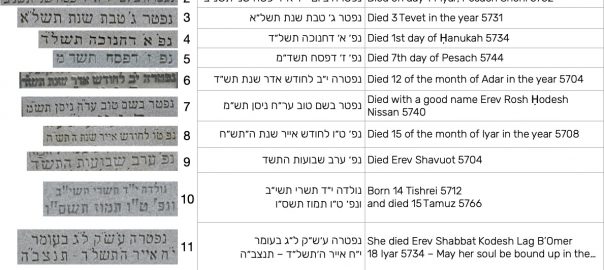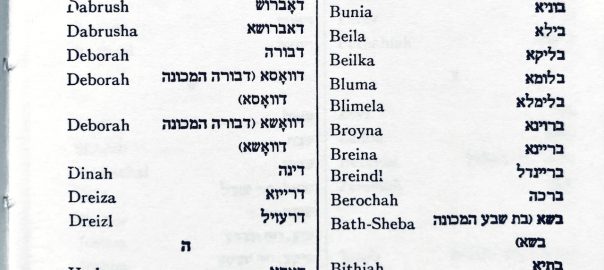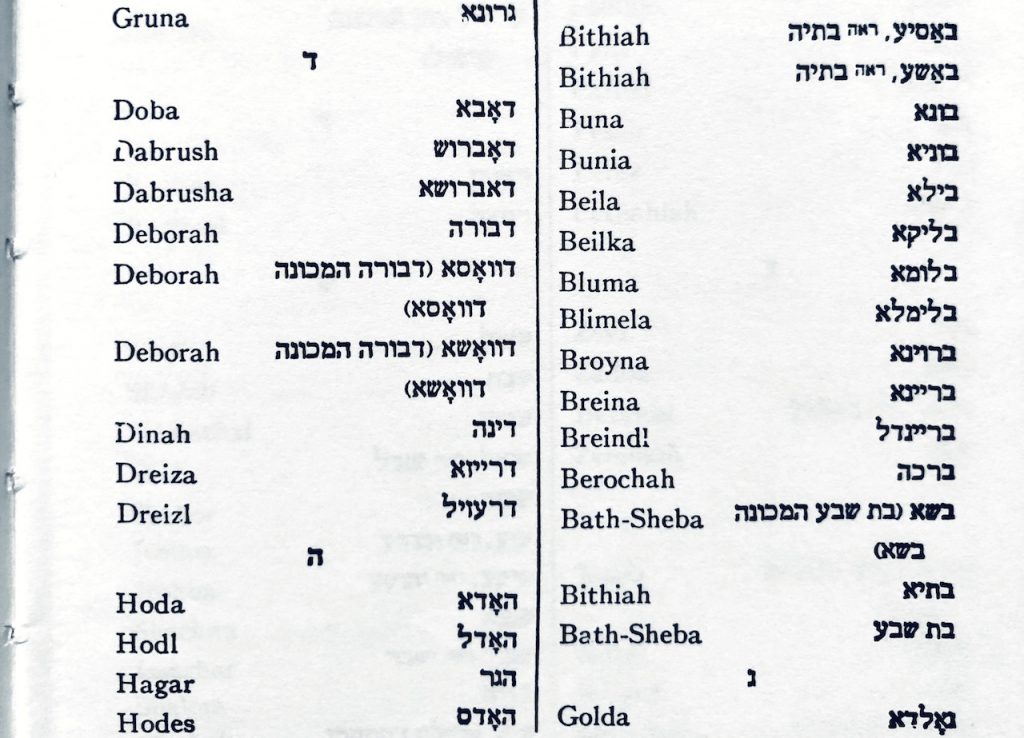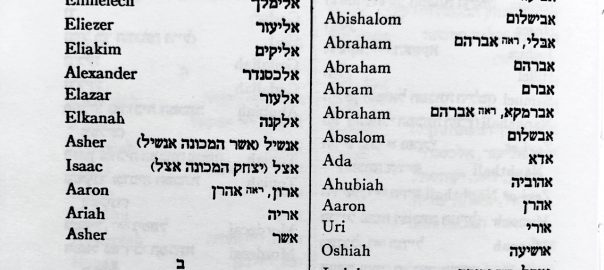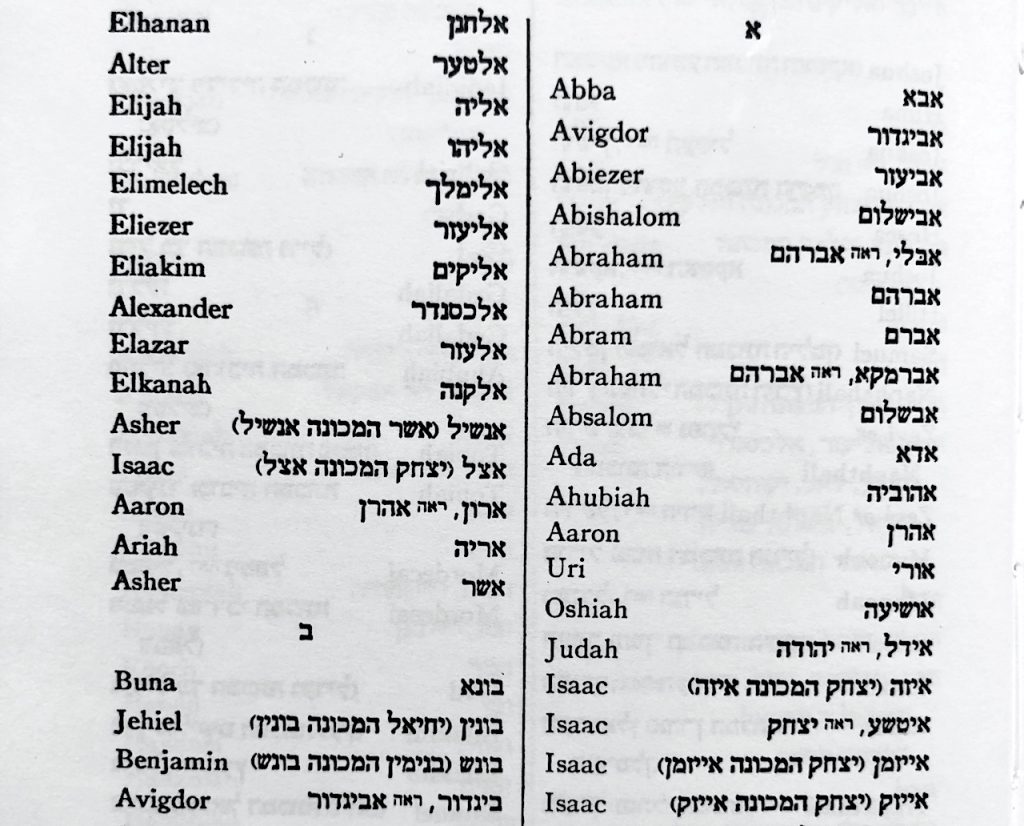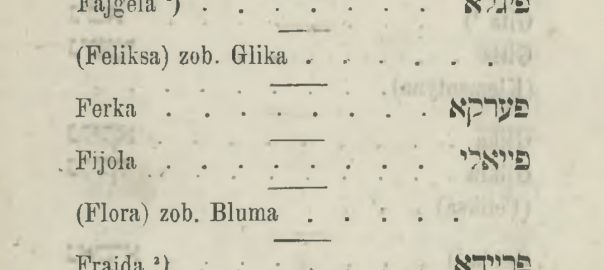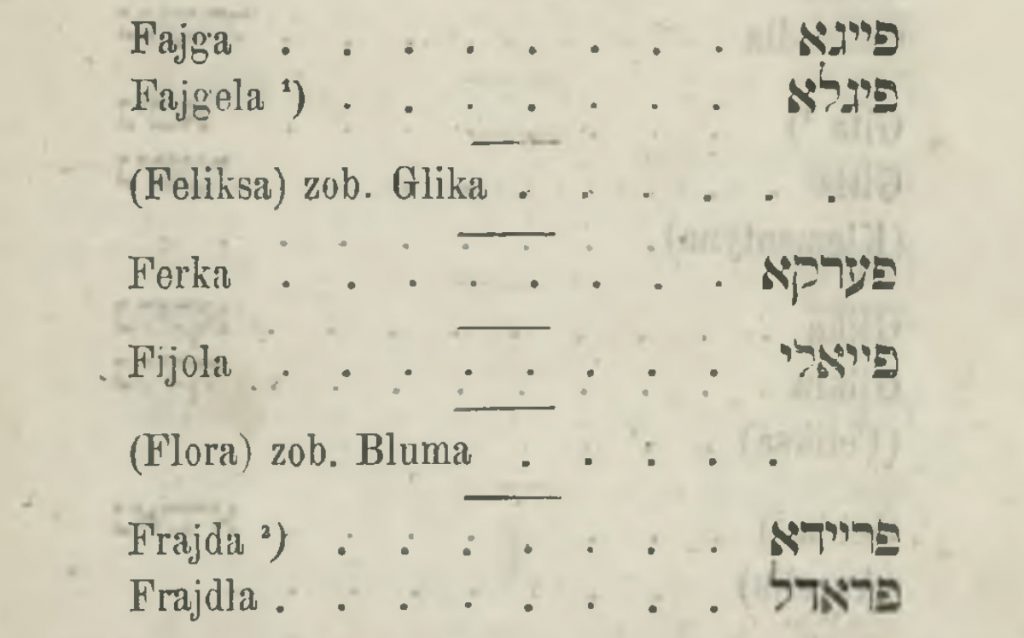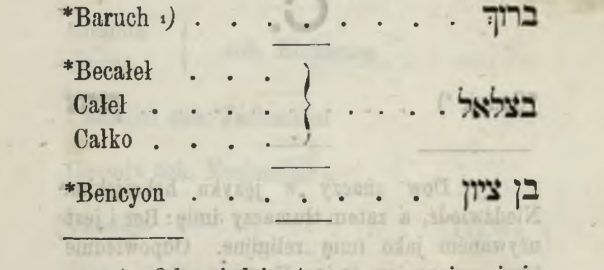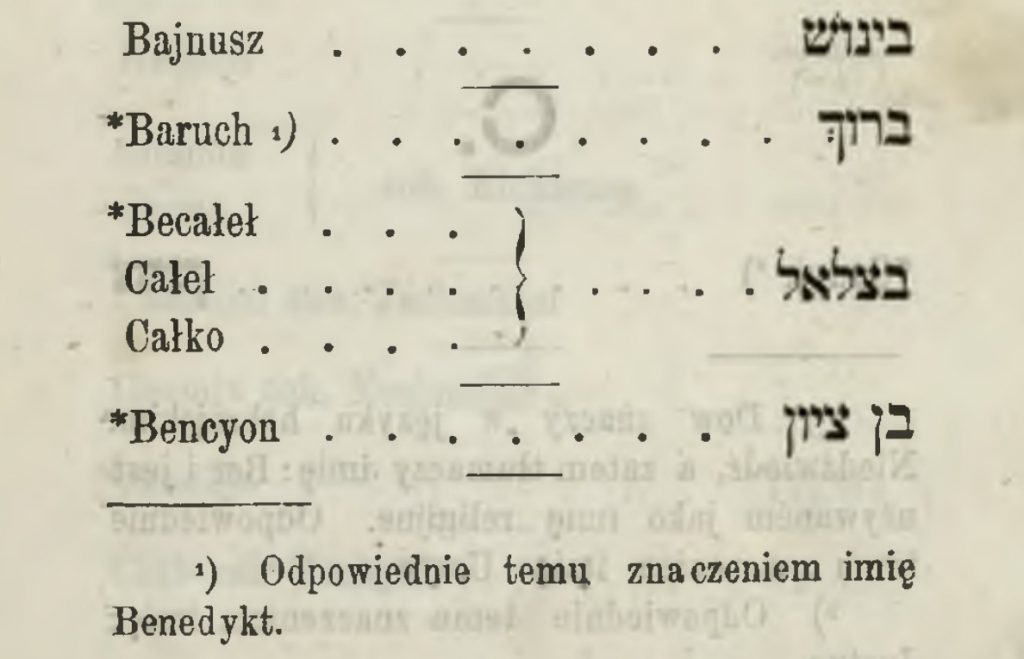My 2011 article on Jewish gravestone symbols has long been one of the most popular posts on this web site. In that article, I discuss the symbols found on Jewish gravestones, but not the text. I wrote in the first paragraph that I will likely write about the text at some point in the future. Unfortunately, I waited nine years to do so, but here’s a look at some of the Hebrew text you might find on a Jewish gravestone, and how to decipher it.
We should get some terminology out the way. We’re talking about Hebrew inscriptions on gravestones. In Hebrew we call the grave a קבר kever, and the gravestone itself a מצבה matseva (lit. monument). There isn’t a particularly good Hebrew word for epitaph (the inscription), it’s just הכתובת על המצבה the writing on the gravestone. We do use the word הספד hesped for eulogy, and you can think of some of the inscription to be a eulogy. As this is intended as an introduction to this topic, I’ll simply use the English terms most of the time.
For those who want to print this out, I’ve created a parallel version that will print nicely, and you can download it as a PDF.
As this is a long article with lots of sections, I’ve added a table of contents below that will let you jump to a particular section if you want. The sections generally follow the order that these items would show up in the inscription.
Continue reading Deciphering Jewish Gravestones